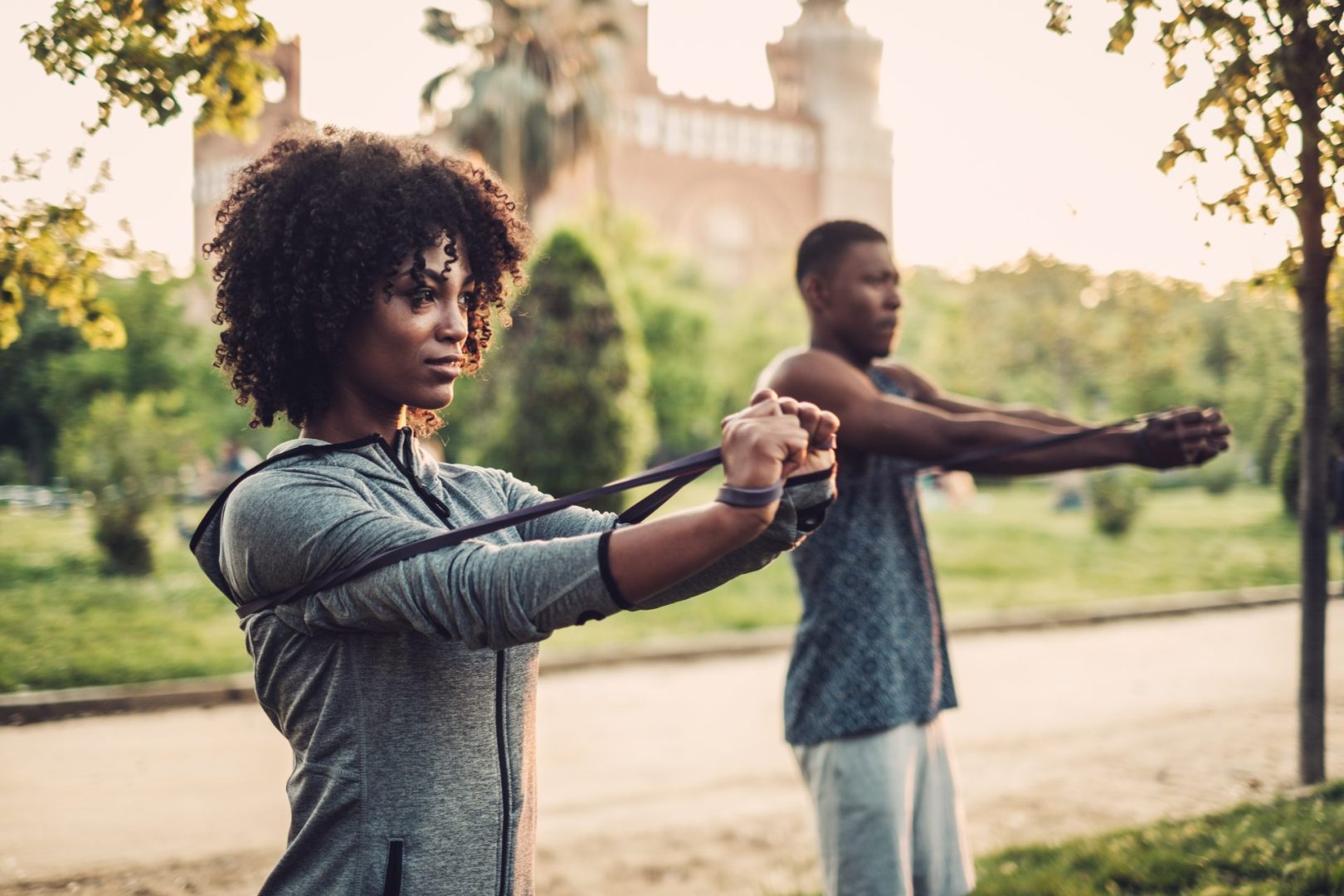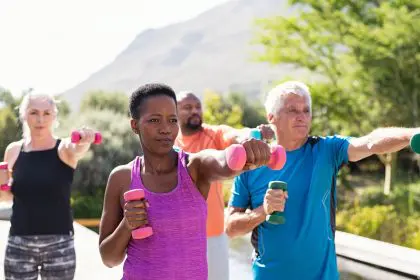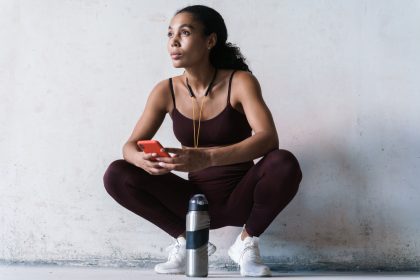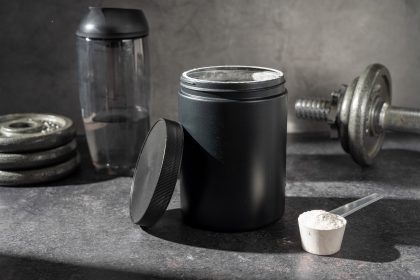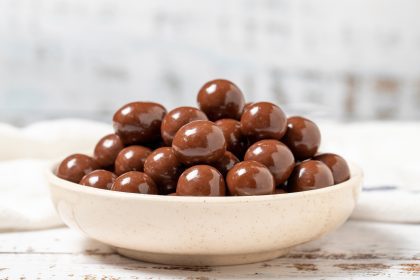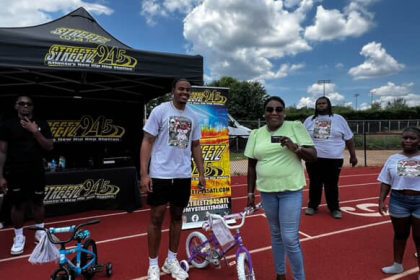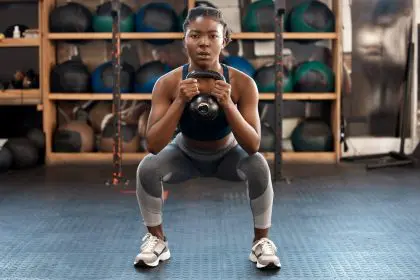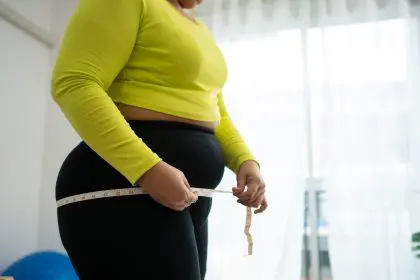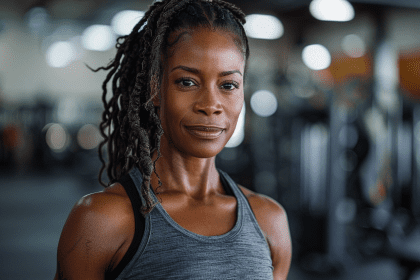The silent progression of bone loss affects millions of Americans each year, with an estimated 10 million already diagnosed with osteoporosis and another 44 million with low bone density placing them at increased risk. While pharmaceutical interventions remain common, many health-conscious individuals now seek natural alternatives for maintaining skeletal strength. Recent research reveals that specific gentle movement practices can effectively stimulate bone regeneration without the potential side effects associated with medication.
The science behind movement and bone health
Bones operate on a fascinating “use it or lose it” principle. When subjected to appropriate stress through movement and resistance, bone tissue responds by becoming denser and stronger. This biological process, called mechanotransduction, occurs when physical forces activate bone-building cells (osteoblasts) while suppressing the activity of bone-resorbing cells (osteoclasts).
What makes this approach particularly promising is its accessibility. Unlike high-impact exercises that carry injury risks, especially for those already experiencing bone fragility, these gentle movement practices provide effective stimulation while remaining safe for most individuals regardless of age or fitness level.
The key lies in selecting movements that apply controlled stress to the specific areas most vulnerable to fracture: the spine, hips, and wrists. When performed consistently, these targeted exercises create measurable improvements in bone mineral density within 6-12 months.
Weight-bearing walking with proper alignment
The simplest yet most fundamental movement for bone health remains intentional walking with proper posture. Unlike casual strolling, bone-building walking requires specific attention to alignment and engagement.
The technique involves maintaining an elongated spine, relaxed shoulders, and a gentle tuck of the pelvis. With each step, practitioners focus on pressing the entire foot into the ground, from heel to toe, creating a gentle compression force that stimulates bone density in the hips and legs.
When performed for 30 minutes daily, preferably on varied terrain that challenges balance, this enhanced walking approach significantly outperforms regular walking in bone density metrics. The effect amplifies when practitioners carry small hand weights or wear a lightly weighted vest (no more than 5-10% of body weight), which increases the beneficial stress without creating excessive impact.
This practice serves as the foundation for bone health, requiring no special equipment beyond supportive footwear and perhaps light weights for progression. Walking outdoors adds the benefit of vitamin D synthesis from sunlight exposure, a critical nutrient for calcium absorption and bone metabolism.
Gentle resistance training with bands and bodyweight
The second movement practice focuses on resistance training calibrated specifically for bone health. Unlike traditional weightlifting that prioritizes muscle mass, bone-building resistance works through precise, controlled movements using elastic bands or body weight.
The approach centers on movements that generate tension through the long bones and key fracture sites. Essential exercises include modified squats where individuals lower only to a comfortable depth while maintaining perfect alignment; gentle row movements using resistance bands anchored at shoulder height; and wall push-ups that progressively increase in difficulty as strength improves.
What distinguishes this practice from conventional strength training is its emphasis on perfect form over repetition count or resistance level. Movements are performed slowly, with controlled breathing and mindful attention to how each joint stacks through the movement pattern.
Practitioners typically perform these exercises 2-3 times weekly, with sessions lasting 20-30 minutes. Research indicates that this approach increases bone mineral density at vulnerable sites by 1-3% annually, potentially offsetting the natural bone loss that typically occurs with aging.
For beginners, working with a physical therapist or specialized trainer can ensure proper technique, which remains crucial for safety and effectiveness. As coordination improves, the exercises become progressively more challenging by increasing resistance or introducing more complex movement patterns.
Tai chi for balance and bone density
The third movement practice, tai chi, offers multiple benefits for bone health beyond direct density improvement. This ancient Chinese practice combines flowing movements with weight shifting and postural control, creating a perfect trifecta for skeletal health.
Tai chi’s gentle yet precise movements provide appropriate mechanical loading to stimulate bone formation while simultaneously improving balance, reducing fall risk, and enhancing proprioception (the body’s awareness of its position in space).
Studies following older adults practicing tai chi consistently for 12 months show not only stabilized bone density (compared to continued loss in control groups) but also a 47% reduction in fall risk. Since fractures result from both bone fragility and falling incidents, this dual-protective effect makes tai chi particularly valuable.
The practice features weight-bearing stances with subtle shifts between them, engaging muscles that directly attach to the spine, pelvis, and femur—all prime fracture sites. The continuous weight transfer from one leg to another stimulates bone formation in the hips, while the coordinated arm movements benefit wrist and forearm density.
Classes specifically designed for bone health often incorporate slight modifications that emphasize weight-bearing aspects of the movements. Even beginners experience benefits, with visible improvements in balance appearing within weeks, while bone density changes accumulate more gradually over months of consistent practice.
Targeted yoga with bone safety principles
The fourth movement practice involves adapted yoga sequences specifically designed for bone health. Unlike general yoga classes, bone-building yoga emphasizes particular poses that research has linked to improved bone density while avoiding positions that might threaten fragile spines.
This specialized approach features 12 key poses held for 30 seconds each, including modified warrior poses, gentle triangles, and adapted tree poses. These positions generate muscle tension at precisely the areas most vulnerable to osteoporotic fractures: the hip, spine, and wrist.
What makes this practice particularly effective is its accessibility for different fitness levels and its focus on proper alignment rather than flexibility. Practitioners learn to create appropriate stress along the bones without compromising spinal safety, using props like blocks, walls, and chairs as needed.
Research tracking practitioners of this method over a 10-year period found significant improvements in bone density, particularly in the spine and femur. Equally important, participants reported increased confidence in movement and daily activities, suggesting benefits extend beyond measurable density changes.
For safety, individuals with diagnosed osteoporosis or previous fractures should avoid extreme spinal flexion movements and instead focus on the standing poses that provide vertical loading through the skeleton. When properly executed, these adapted poses create the necessary stimulus for bone strengthening without undue risk.
Rhythmic bouncing on stability equipment
The fifth movement practice leverages research on vibration and bone health through controlled, gentle bouncing on specialized equipment. Using stability balls, rebounders (mini trampolines with safety rails), or dedicated bone-loading platforms, this approach generates multiple brief loading moments that stimulate bone formation.
The technique involves maintaining proper alignment while performing small, controlled bouncing movements that never lift the feet more than an inch off the surface. These micro-impacts create fluid movement within the bone matrix, stimulating cellular activity that enhances mineralization.
For those with significant bone loss, seated bouncing on stability balls offers a gentler entry point, focusing on maintaining an elongated spine while performing small, rhythmic movements. As stability improves, standing exercises on rebounders with safety rails provide more comprehensive skeletal loading.
Sessions typically last 10-15 minutes daily, with research showing measurable density improvements within six months of consistent practice. The approach proves particularly effective for improving density in the lumbar spine and femoral neck, two areas highly vulnerable to osteoporotic fracture.
Beyond direct bone benefits, this practice improves lymphatic circulation, balance reactions, and core stability—all supporting overall functional health that reduces fall risk and enhances quality of life.
Creating an effective bone-building movement routine
Experts in bone health suggest combining elements from all five practices for optimal results. A comprehensive weekly schedule might include daily weight-bearing walking, resistance training twice weekly, tai chi or yoga sessions 2-3 times weekly, and brief bouncing exercises most days.
The total time investment ranges from 30-60 minutes daily, which many practitioners divide into shorter segments throughout the day for better adherence. This integrated approach addresses multiple aspects of bone health simultaneously: direct mechanical loading, fall prevention, coordination improvement, and overall functional mobility.
While consistency remains key for results, the gentle nature of these practices makes them sustainable long-term, unlike more aggressive exercise approaches that often lead to burnout or injury. Most practitioners report not only improved bone metrics but also better sleep, reduced anxiety, and enhanced energy—benefits that further support bone health through stress reduction and improved hormone balance.
For those beginning after a diagnosis of bone loss, patience proves essential, as measurable changes typically require 6-12 months of consistent practice. However, functional improvements in strength, balance, and confidence often appear much sooner, providing motivation to continue.
Nutritional partners for movement-based bone building
While movement provides the mechanical stimulus essential for bone remodeling, nutrition supplies the building materials. A Mediterranean-style eating pattern rich in plant foods, adequate protein, and essential minerals provides optimal support for exercise-induced bone changes.
Calcium-rich foods like dark leafy greens, calcium-set tofu, and sardines with bones offer bioavailable forms of this mineral, while vitamin K-rich vegetables like broccoli and Brussels sprouts activate proteins essential for bone matrix formation. Adequate protein intake—approximately 1.0 to 1.2 grams per kilogram of body weight daily—supports both bone matrix development and the muscle strength needed for effective movement practices.
The timing of nutritional intake also influences bone response, with research suggesting that consuming protein and calcium-rich foods within the hour following bone-loading exercises may enhance the anabolic response.
Measuring progress beyond bone scans
While DEXA scans provide the gold-standard measurement for bone mineral density, practitioners benefit from tracking multiple markers of progress. Functional assessments like single-leg stance time, chair-rise speed, and grip strength correlate strongly with fracture risk and often improve more quickly than density measurements.
Many individuals report subjective improvements in posture, balance confidence, and overall body awareness within weeks of beginning these movement practices. These early wins provide crucial motivation during the longer timeline required for measurable density changes.
For most individuals with age-related bone loss, stabilizing density (preventing further loss) represents a significant victory, while actual increases in density—which research shows is possible through consistent practice—mark exceptional success. The combination of improved functional capacity with stabilized or enhanced bone metrics translates to maintained independence and quality of life as the years progress.
This gentle approach to bone health offers hope and practical tools for the millions facing potential bone fragility, proving that even later in life, our skeletal system maintains remarkable adaptive capacity when provided the right stimuli and support.

